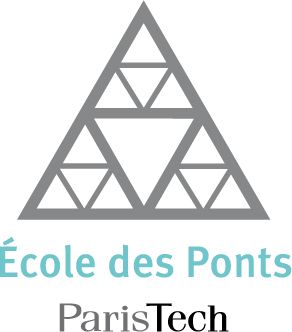Nonlocal metrics for atmospheric gas plumes comparison
My colleague Pierre Vanderbecken has investigated how trace gas satellite images (CO2, NO2, methane) can be properly compared to simulated concentrations, in order to limit the impact of modelling errors due to meteorological inputs. For such comparisons, the usual pixel-wise L2 norm if often not a good option, because it is subject to the double penalty issue inherent to its local definition. This issue is characterised by a mutation of any position shift into significant amplitude discrepancies. To circumvent this issue, we have proposed to either provide an upstream correction of the position misfit between the observed and simulated plumes in the usual L2 norm or to use a non-local metric based on the optimal transport theory, such as the Wasserstein distance.
The paper is entitled Accounting for meteorological biases in simulated plumes using smarter metrics, and is published (open access) in Atmospheric Measurement Techniques. This work has been funded by the national research project ANR-ARGONAUT ANR-19-CE01-0007 (Pollutants 600 and greenhouse gases emissions monitoring from space at high resolution)



